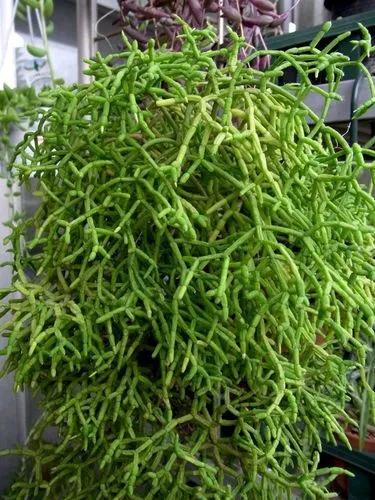The Areca Palm (Dypsis lutescens) is a wonderful choice of indoor palm tree to bring a touch of the tropics into your home. Growing in clusters of slender yet erect stalks, it has a feathery appearance to the leaves. Preferring warm and humid climates, this is a very popular houseplant that can provide you with many years of lovely greenery.It’s important to note that this plant is reasonably challenging to care for and doesn’t tolerate being neglected. It’s not the sort of houseplant that you can simply pot up, and forget.
Yellow Butterfly Palm Care
Dypsis Lutescens



How to Care for the Plant

Water

Areca Palms require just enough water to keep the soil moist, but not so much water that it's drowning. This may take a bit of trial and error. You'll want to check your plant daily to make sure that it's not too dry. Strive for moist soil but not soggy and you'll do well.

Pruning

It is important to never remove more than a third of the foliage in any one year and to cut just above a node on the stem.

Fertilizer

Simply apply the fertilizer around the base of the plant, extending to the drip line. For vegetables, place the fertilizer in a strip parallel to the planting row. Water-soluble fertilizers are faster acting but must be applied more frequently. This method gives plants food while you water.

Sunlight

If your plant is not getting enough light, the most common sign is the yellowing and dropping of leaves, stunted leaf growth, elongated stems, and a dull-green color. If your plant is getting too much light, then its leaves will have singed tips, burned patches, or will be falling off (yikes!).

Soil

Loamy soil, a relatively even mix of sand, silt, and clay, feels fine-textured and slightly damp. It has ideal characteristics for gardening, lawns, and shrubs. Loamy soil has great structure, adequate drainage, is moisture-retaining, full of nutrients, easily cultivated and it warms up quickly in spring, but doesn't dry out quickly in summer.

Temperature

65°F (16°C) – 75°F (24°C)

Container

Here’s a handy guideline: increase pot size by 2.5-5 cm (1 to 2 inches) in diameter for plants that are growing in pots 25.4 cm (10 inches) in diameter or less. For larger plants, those growing in pots greater than 10 inches in diameter, increase the pot size by 5 or 7.62 cm (2 or 3 inches) in diameter.

Popularity

6,253 people already have this plant 1,053 people have added this plant to their wishlists
Discover more plants with the list below
Popular articles






